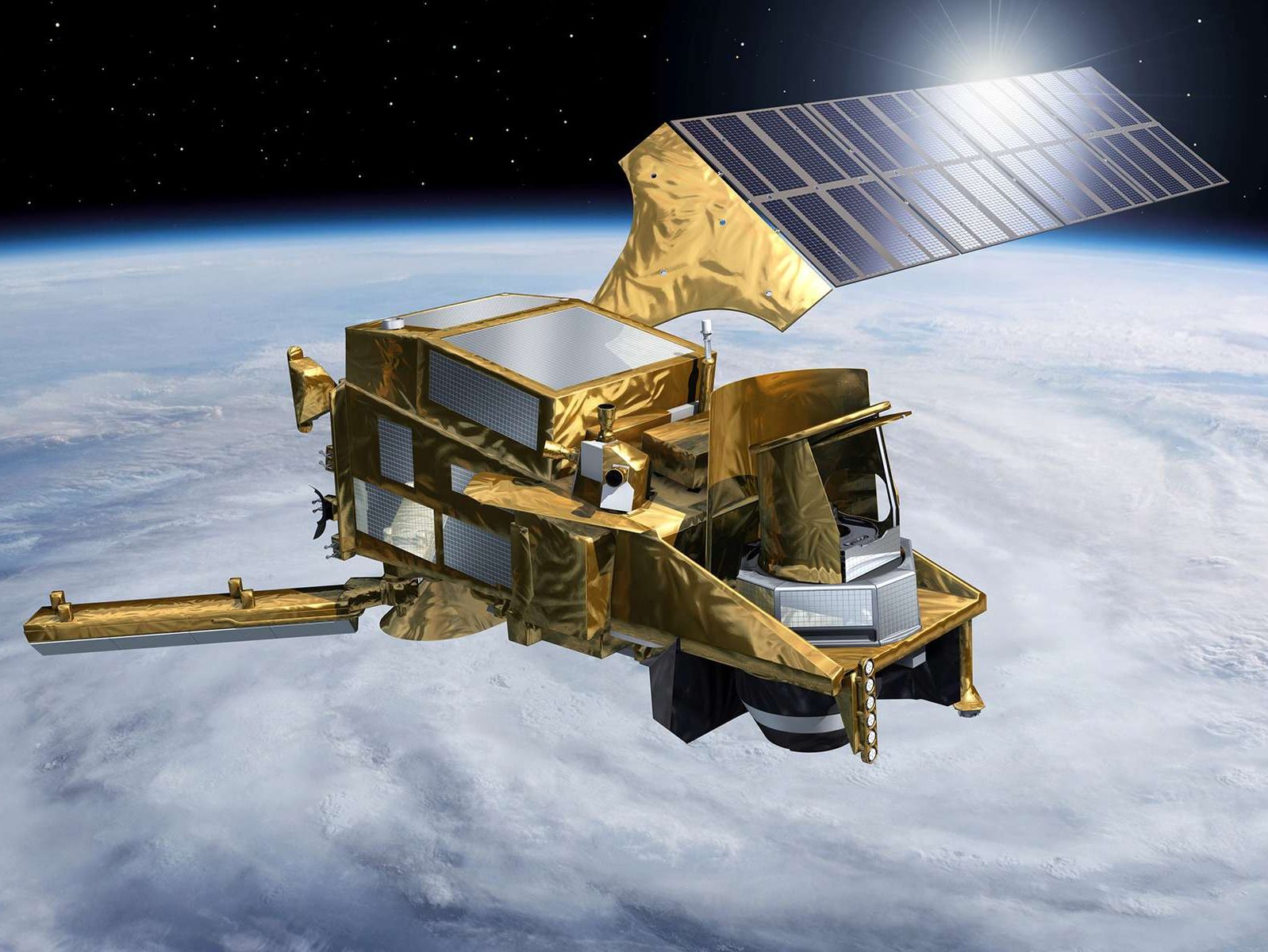Thermal control in space is one of the most critical aspects of modern space exploration. Unlike on Earth, where the atmosphere regulates temperature, spacecraft and space stations face extreme conditions with intense heat from the Sun and freezing cold in the shadows. The television series The Universe dives into this fascinating subject, offering viewers a closer look at the technology and engineering that make human and robotic space missions possible. Each episode explores how Thermal Control in Space ensures the functionality of equipment, the safety of astronauts, and the success of missions in the harsh environment of the cosmos.
The Importance of Thermal Control in Space
The harsh conditions of space make thermal control in space an absolute necessity. Temperatures can swing hundreds of degrees between sunlit and shadowed areas, affecting sensitive instruments and life-support systems. The Universe explains how spacecraft are designed with specialized materials and technologies to handle these extremes. From multilayer insulation to heat pipes and radiators, thermal systems protect critical components and maintain operational stability. By showcasing these innovations, the series emphasizes that thermal control in space is not optional—it is fundamental to the survival and performance of space missions.
Active and Passive Thermal Control in Space
In episodes dedicated to technology, The Universe distinguishes between active and passive thermal control in space. Passive systems include reflective coatings, insulation blankets, and heat shields that naturally regulate temperature without consuming power. Active systems, on the other hand, use heaters, pumps, and fluids to distribute or remove heat from spacecraft components. By combining these methods, engineers achieve precise temperature management, demonstrating how thermal control in space balances simplicity and complexity to ensure mission success. The series highlights real-world examples, including the International Space Station and interplanetary probes, where these systems work in harmony.
Protecting Astronauts Through Thermal Control in Space
Human spaceflight presents unique challenges for thermal control in space. Astronauts rely on life-support systems that regulate temperature, humidity, and airflow within their suits and living quarters. The Universe explores how these systems use liquid cooling garments and heat exchangers to maintain a stable and comfortable environment, even when the spacecraft is exposed to the Sun or deep shadows of orbit. Effective thermal control in space is vital for health, comfort, and productivity, showing that engineering solutions directly impact human endurance and safety in extreme conditions.
Spacecraft Electronics and Thermal Control in Space
Spacecraft electronics are particularly sensitive to temperature variations, making thermal control in space critical for operational reliability. The Universe explains how satellites, probes, and telescopes integrate thermal management systems to prevent overheating or freezing of onboard circuits. Radiators, thermal straps, and active cooling systems maintain optimal conditions for instruments, ensuring continuous performance. The series illustrates that without effective thermal control in space, valuable missions could fail, highlighting the direct link between temperature regulation and scientific discovery.
Radiators and Heat Dissipation in Space
Radiators play a crucial role in thermal control in space, allowing excess heat to be expelled into the vacuum. The Universe showcases how these systems are designed to maximize heat transfer while minimizing weight and energy consumption. By using advanced materials and innovative geometries, engineers can efficiently manage the energy balance on spacecraft. Episodes demonstrate real-world applications, from Earth-observing satellites to deep-space explorers, showing that thermal control in space is an elegant solution to one of the most extreme engineering challenges.
Thermal Insulation and Material Science
Insulation is another key component of thermal control in space. The Universe explores how materials like multilayer insulation, aerogels, and reflective coatings help regulate spacecraft temperatures. These materials prevent heat loss during shadowed periods and protect against intense solar radiation. The series emphasizes that the science of thermal control in space is closely tied to material innovation, showing how advances in technology expand the possibilities for future missions, from lunar bases to Mars exploration.
Challenges of Thermal Control in Space for Interplanetary Missions
As humanity ventures beyond Earth orbit, thermal control in space becomes increasingly complex. The Universe highlights how missions to Mars, Jupiter, and beyond face extreme thermal environments, requiring highly adaptive systems. Spacecraft must endure intense solar heating, shadowed regions, and long-duration exposure to space conditions. By examining interplanetary probes and their thermal management strategies, the series illustrates how engineers solve unprecedented challenges, making thermal control in space a cornerstone of exploration beyond our planet.
Innovations and Future Technologies in Thermal Control in Space
The Universe also delves into cutting-edge innovations in thermal control in space, such as variable emissivity surfaces, advanced heat pipes, and phase-change materials. These technologies allow for precise temperature regulation with minimal energy consumption. Episodes demonstrate how engineers are constantly developing new methods to handle extreme environments, emphasizing that thermal control in space is not static but a field of ongoing innovation. The series connects these advances to future missions, highlighting the role of thermal management in the next generation of spacecraft and human exploration.
Conclusion: The Vital Role of Thermal Control in Space
Thermal control in space is a critical component of every successful mission, from robotic explorers to human space stations. The Universe presents a detailed and engaging look at the technologies, materials, and engineering strategies that allow spacecraft to survive and function in the harsh environment of space. By examining radiators, insulation, life-support systems, and interplanetary probes, the series emphasizes the essential role of thermal control in space in maintaining equipment reliability, human safety, and scientific discovery. Understanding these systems deepens our appreciation for the ingenuity and innovation that enable humanity to explore the cosmos, showing that even the most extreme environments can be navigated with precision and skill.
